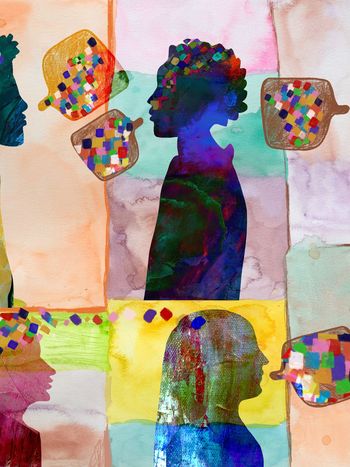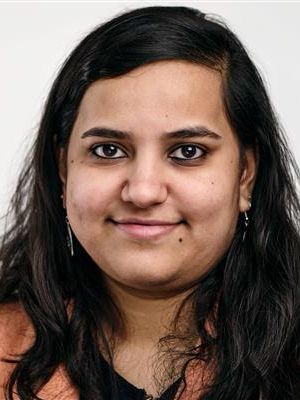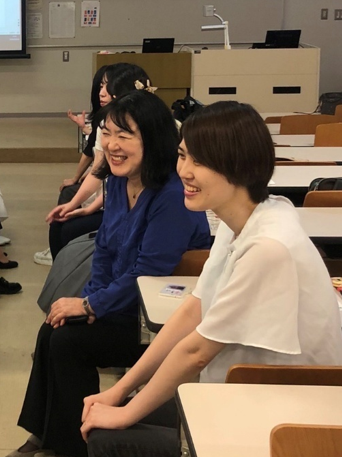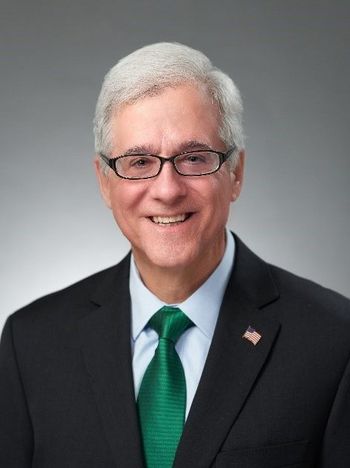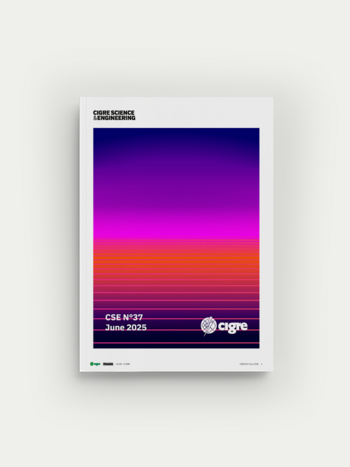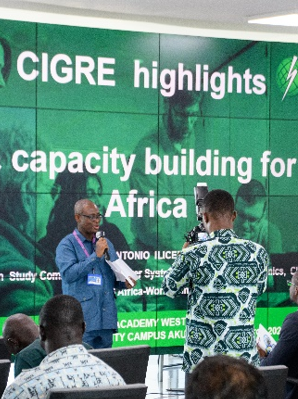The weird but wonderful workings of the Group Discussion Meeting
CIGRE’s objective for the Group Discussion Meetings is to allow for maximum number of papers, updated information on the specific topics from numerous international experts, and participation of delegates allowing presentations of their contributions.
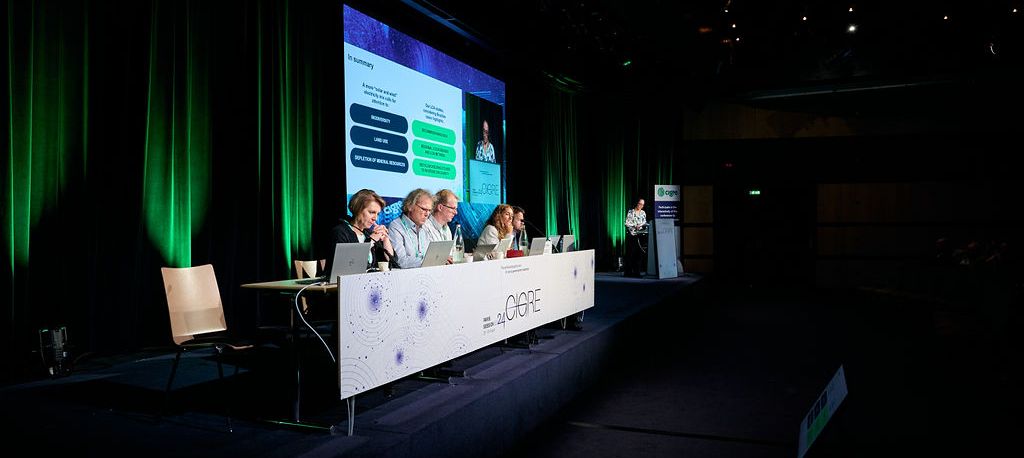
By Rob Stephen, Editor-in-Chief of the CIGRE Science & Engineering Journal and former CIGRE President (2016 - 2020)
& Rannveig S.J. Løken, Chair of CIGRE Technical Council
During the Paris Session week, there are many activities such as Panel sessions, tutorials, Working Group and Study Committee meetings and other workshops. These are peripheral to the main events, which are the Study Committee Group Discussion Meetings. These sessions are often confused with conferences where papers are presented. Delegates may enter these sessions and be surprised to find a few persons sitting on the stage with two screens displayed. The one being the presentation currently underway and the other the upcoming contributions. Delegates expecting a paper to be presented may be confused at first and wonder what process is unfolding and why CIGRE decided on this method of practice. This editorial hopes to clear these issues for delegates.
The Group Discussion Meetings (there are 16 of them, one for each Study Committee) is a result of two years of preparation, starting on the Saturday after the previous Paris Session. At this meeting, is held amid dismantling of exhibits, when other delegates have left. The Study Committee chairpersons discuss and agree on the preferential subjects. These subjects form the basis for discussion at the Paris Session in two years’ time. They also propose joint sessions between two or more Study Committees.
The special reporter: The Study Committee selects experts for the role of the “Special Reporter”. To be selected as a Special Reporter by your peers is a great honour and indicates that you are a recognised expert in your field internationally. The special reporter’s role is to study the papers submitted in line with the preferential subjects and pose questions that should be answered either by the authors (if paper specific) or by the delegates attending the Group Discussion Meetings. The answers to these questions (termed contributions) are then presented and discussed at the Group Discussion Meetings.
Why CIGRE papers are not outdated: It has been mentioned that some papers published for the CIGRE Paris Session may be outdated as the paper synopses are submitted 15 months in advance. The advantage of the way of working is that, unlike a conference where the paper is main source of information, the contributions as well as the paper is the source of information. In addition, the authors can now present papers at a poster session and discuss updates with delegates.
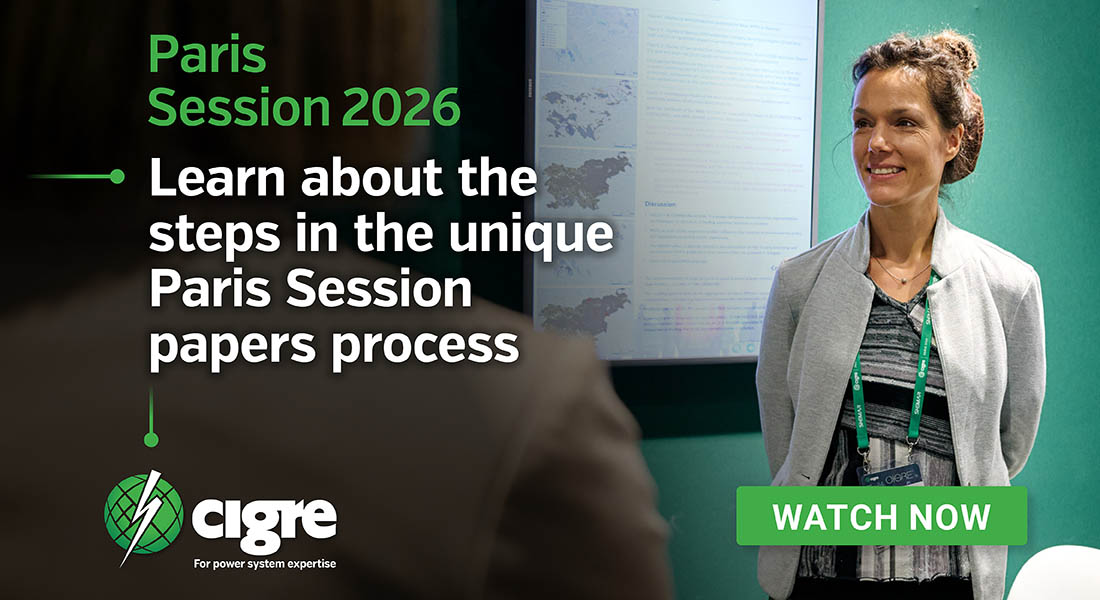
The delegate therefore has a number of avenues to obtain updated information covered in the topic of the paper, these are:
- Special reporters’ report – covering a brief summary of the paper and relevant questions linking the paper to the preferential subject.
- The paper itself – which is published in advance of the Paris Session to allow for delegates to study the paper and prepare contributions or answers to the questions.
- The poster session – where the delegate can meet face to face with the author and discuss details of the paper.
- The Group Discussion Meetings– where the contributions are presented and provide answers to the special reporters’ questions on the paper.
At the end of the process the delegate will have full up to date knowledge of the topic at hand with input from many experts.
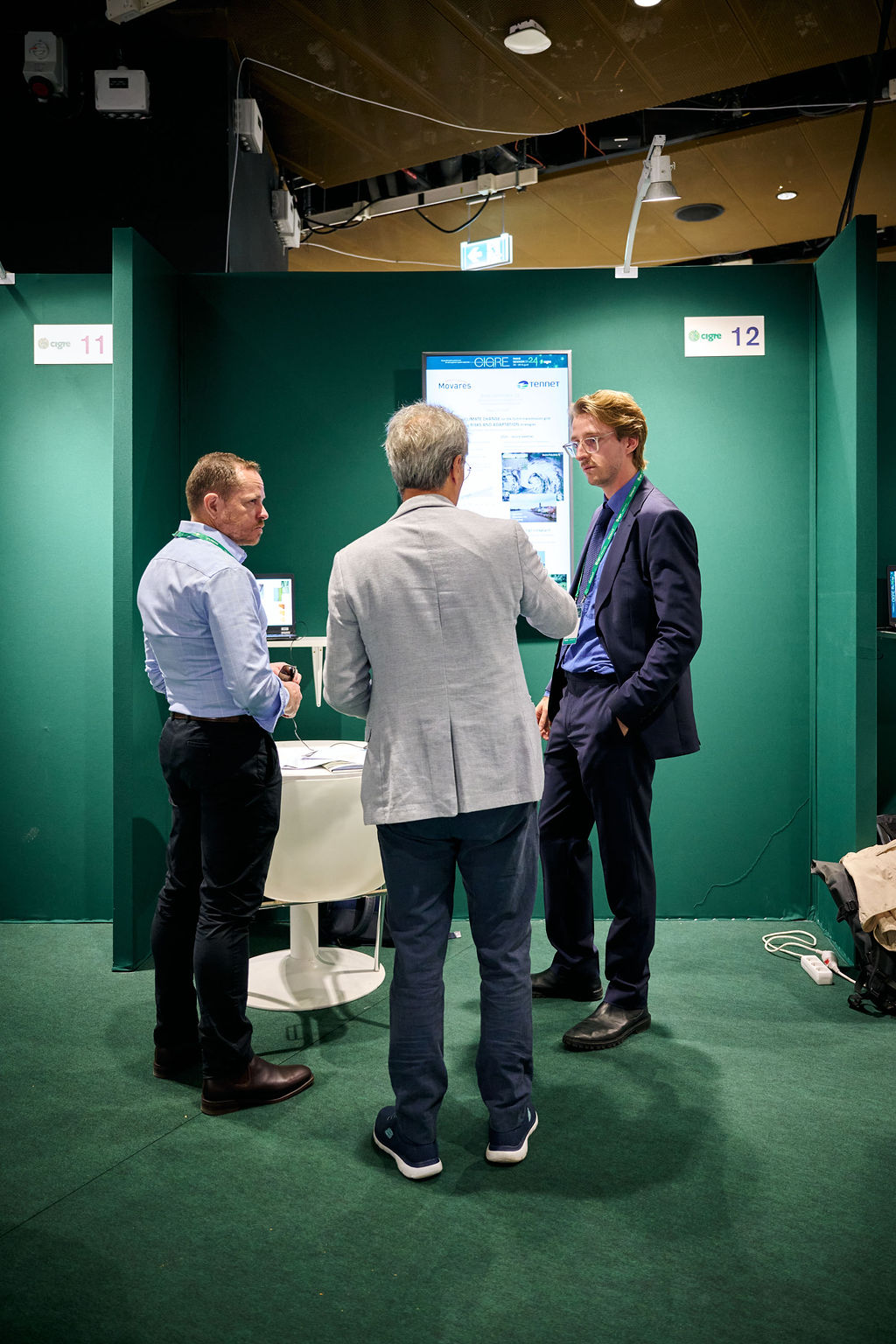
Poster session - Paris Session 2024
Increased paper numbers: The other benefit of the process is that it is possible to accept many more papers than a conventional conference. A conference normally permits around 80 papers in a 3 day program with around 20 minutes per paper including questions. This may increase with parallel sessions. At the CIGRE Paris Session we have exceeded 1180 papers over the 5 day period. This is because papers are discussed and not presented.
The Steering Committee has taken the decision to allow for an increased limit for papers being submitted. It is hoped that in the next two Sessions the number of paper submitted will exceed 1000.
Be seen on stage: Another benefit of the process is that delegates have an opportunity to prepare and present views and opinions on stage in front of international experts. This is not possible at a conventional conference. I urge all delegates to study the papers and prepare answers to the special reporters’ questions. The contributions should be uploaded directly on CIGRE registration portal before 7th of August, 2026: The study committee chairperson and the special reporters, will assess the quality and validity of the contribution a week prior to the session. If accepted, the contribution is presented in the Group Discussion Meeting. There are sometimes opportunities for spontaneous contributions but these are not guaranteed.

I would urge you all to take advantage of the process and study the papers and special reporters’ reports in advance, in order that you may present contributions at the paramount engineering conference on power systems.
I hope to see you at a CIGRE event soon.
